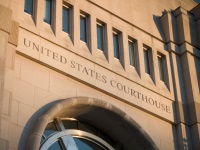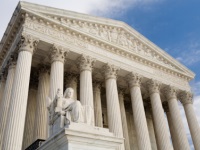While money market funds did not exist when Humphrey Bogart spoke his famous line in Casablanca, since the 2008 financial crisis, reforming money market funds have been the subject of high drama and intense scrutiny on Capitol Hill. Advocates for reform finally got their long awaited breakthrough last Wednesday, June 5, 2013, when the Securities and Exchange Commission voted unanimously to propose legislation that would reform money market funds. The SEC’s goal with the reform is to make money market funds less susceptible to “runs” that could harm investors.
The SEC’s goal of reform has been in the works for a long time, was championed by former Chair of the SEC, Mary Schapiro, and has been continued by current Chair Mary Jo White. A money market fund is a type of fixed-income mutual fund that invests in debt securities with short maturities and minimal credit risk. They first developed in the early 1970s as an option for investors to purchase a pool of securities that generally provided higher returns than interest-bearing bank accounts. Money market funds have grown considerably since then and currently hold more than $2.9 trillion in assets.
Money market funds seek stability and security with the goal of never losing money and keeping their net asset value (“NAV”) at $1.00. However, many felt reform was necessary after a money market fund “broke the buck” at the height of the financial crisis in September 2008 and re-priced its shares below its $1.00 stable share price to $0.97. Investors panicked and within a few days, investors had pulled approximately $300 billion from similar money market funds. Intervention from the United States Treasury Department prevented further runs on the funds. READ MORE










